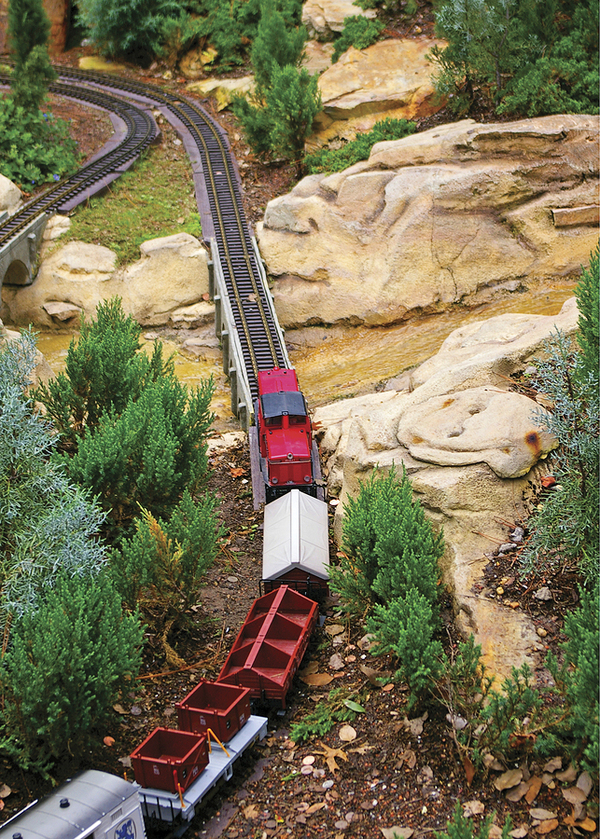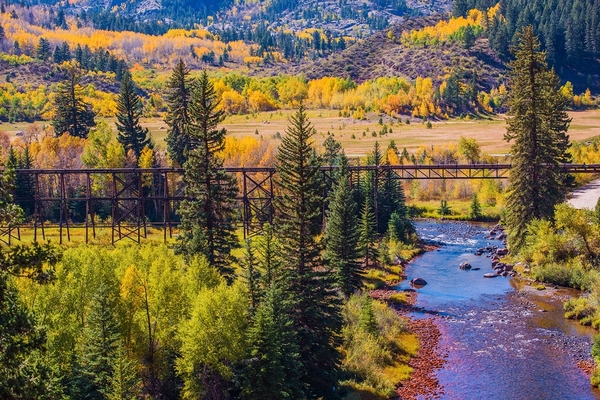Recent Posts
5 Essentials of Designing Your Model Train Layout
Posted on
Congratulations! You've accomplished the first step in building a model railroad: deciding to do it. Now, where to go from here?
The process of designing a model train layout can seem overwhelming, and you may not know how to begin. So, we have compiled a simple list of the decisions you need to make at the very beginning. Completing these essential tasks will give you a solid platform to build off as you continue your journey into the world of model railroads.

#1: Choose a Theme
Before you do anything, think about the particular theme you would like your model train layout to have. This should stem directly from your own personal interests. Perhaps you envision log transport trains navigating dangerous mountain passes. Or coal trains crossing trellises over lakes, delivering to steel mills and cities. Sprawling cityscapes can offer modern passenger trains, moving people from city to city. Whatever your theme, it will give your railroad a purpose, a destination that sparks your interest and has personal significance.
#2: Decide Your Location
Do you prefer cities to mountains, or deserts to pastures? A mix of different locales is always a fun option. Maybe you'd like to build a specific length of track in an exact location. Nailing down a "where" for your model train layout helps to determine a variety of other factors. It's a great way to express your personal creativity, and can even help you to decide what kind of train you are going to run. You know what they say - location is everything!
#3: Pick a Season
This step has a huge overall effect on your model train layout and is often underestimated. Deciding the season can help determine a broad color scheme, and will narrow down the list of materials you need. Together with a location, a season will establish the type of foliage, ground cover and terrain features you can include in your model train layout. Mountainous winter scenes will require different materials than summer fields, or autumn forests. It's also an excellent opportunity to showcase your creativity and attention to detail.

#4: Select an Era
Most hobbyists designing a model train layout are aiming for realism. Choosing a historical time frame can help determine the theme and/or location if you are having trouble. It can also help decide which trains you are going to run on your layout. For example, if you choose a 1920's theme, you probably won't be running diesel trains. Whatever you decide, knowing "when" your model train layout exists will give it authenticity and help to highlight your other layout decisions.
#5: Collect Proper Materials
The final step of building your model train layout is choosing the right materials for the job. From paints, powders and plastics to expertly crafted scenery components, using quality materials will raise your model train layout to the next level of craftsmanship.
Visit T&K Hobby to find all the materials you need
to create a top-notch model train layout!
 Loading... Please wait...
Loading... Please wait...
